As I stood on the shimmering sand of Playa Hermosa watching a group of people surfing in Costa Rica, I noticed a college aged girl recording data in a notebook. I couldn’t resist asking her what she was doing. Her answer was surprising. She was in Costa Rica for a 6-week university credit course entitled “The Anthropology of Surfing.” Students in the class learned about the history of surfing and examined the sport as a cultural phenomenon. There were a few written assignments, but mostly students spent their time surfing the best beaches in Costa Rica.
There are affiliate links in this post. If you make a qualifying purchase through one of these links, Wander Woman Travel Magazine may receive a small commission at no extra cost to you.
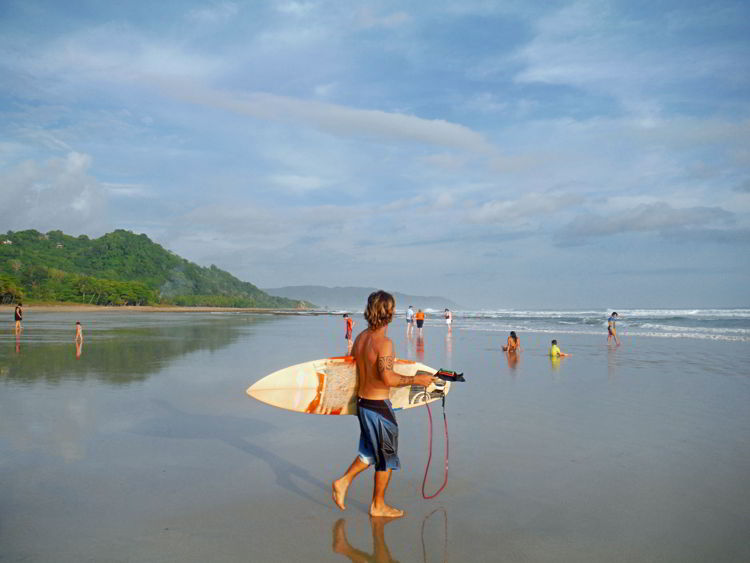
Table of Contents
Costa Rica Surf School
You don’t have to be a university student to participate in a Costa Rica surf camp. During my visit I did a lot of surfing in Costa Rica while participating in a yoga/surf school at Anamaya Resort on the Nicoya Peninsula. Costa Rica is ranked by some experts as one of the world’s best surfing destinations. More than 1200 km of coastline, a balmy climate and warm waters, make the destination popular with surfers and beach-goers.
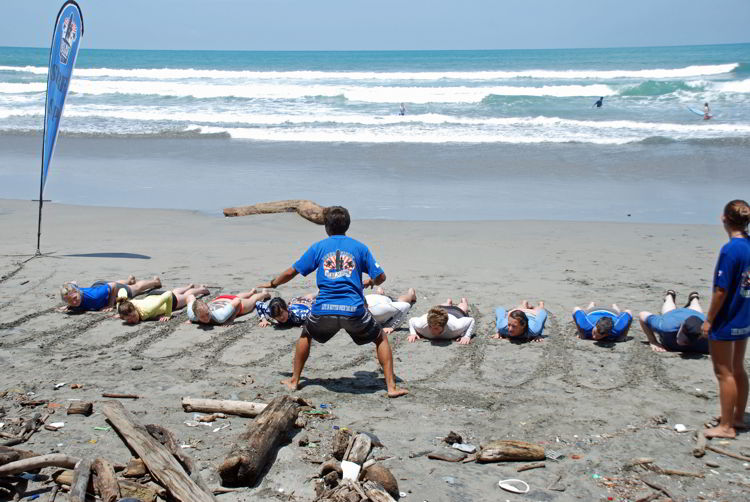
Related: Check out our post about a Yoga and Surf Camp at Anamaya Resort in Costa Rica.
Costa Rica – Surfing Two Oceans in One Day
The fact that Costa Rica has two oceans (the Pacific and the Atlantic) within a six hour drive of each other pushes it way up on the list of the world’s top surfing destinations. Costa Rica is one of the few destinations where you can surf on two oceans in a single day. That makes surfing in Costa Rica extra special.
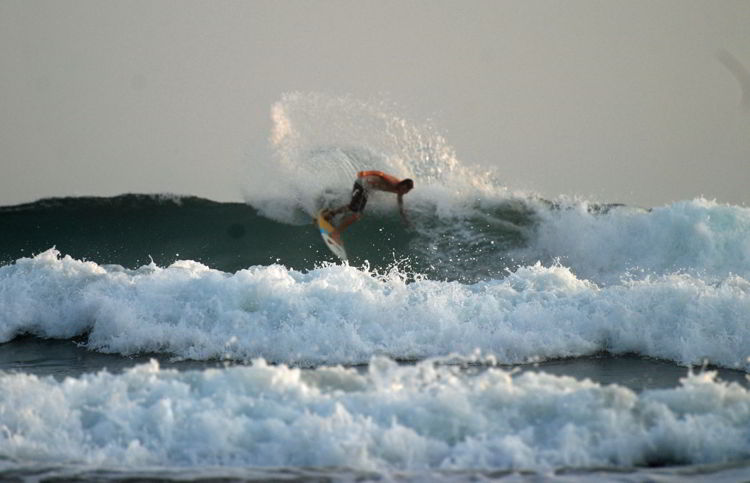
How to Surf in Costa Rica for Beginners
Most of us will never have the opportunity to take a university course about surfing. Some might even question the educational value of such an endeavor. That said; if you would like to study Costa Rican waves a little closer up and maybe even master surfing in Costa Rica, here are some tips for how to do it right.
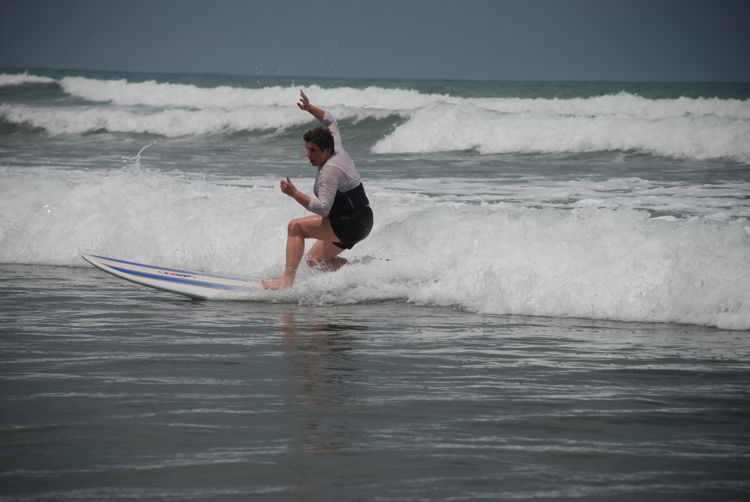
Useful Gear for Surfing in Costa Rica
It’s easy to sunburn when your surfing. It’s also easy to get board rash from climbing on and off the board. My solution for both issues is to wear a long-sleeved rash guard shirt with UV protection. This rash guard shirt comes in a variety of colors. A rash guard is made of durable spandex, which offers more protection than a regular t-shirt.

Get Some Surfing Instruction
Even if you aren’t sure which side of the surfboard faces up, you don’t have to resign yourself to never experiencing the sensation of catching a wave and riding it. I have always believed that it’s a good idea to do something that scares you every now and then. That explains why I signed up for surfing lessons in Costa Rica.
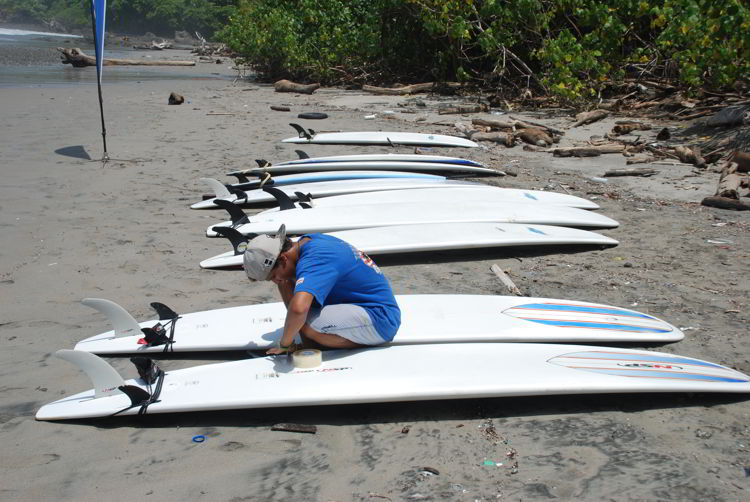
“We don’t use the word ‘no’ in our lessons,” admonished Mike, my Costa Rican surf instructor when I was about to abandon all hope of actually standing up on my surf board. I was getting tired and my “pop up” was becoming a “roll up” or more technically a “roll off” maneuver. I have to admit; I was glad I persevered – riding a wave to shore was much more exciting from the standing position.
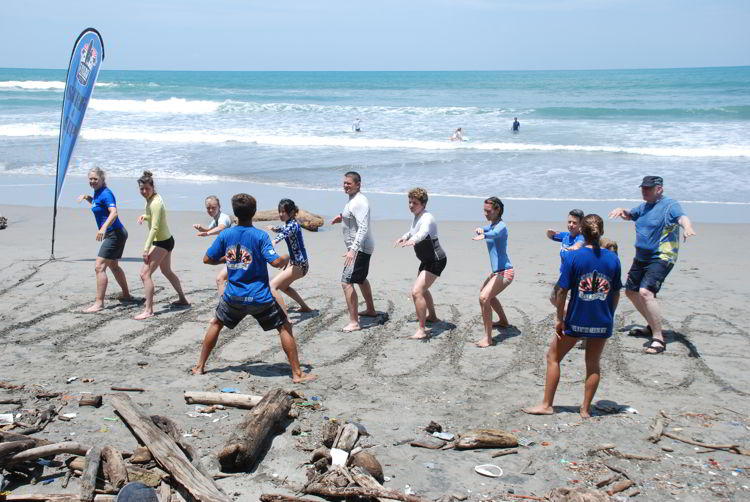
I am pretty sure Mike would not give me an endorsement to start a career surfing in Costa Rica. He did get me standing up on the board which pretty much proves that almost anyone can do it.
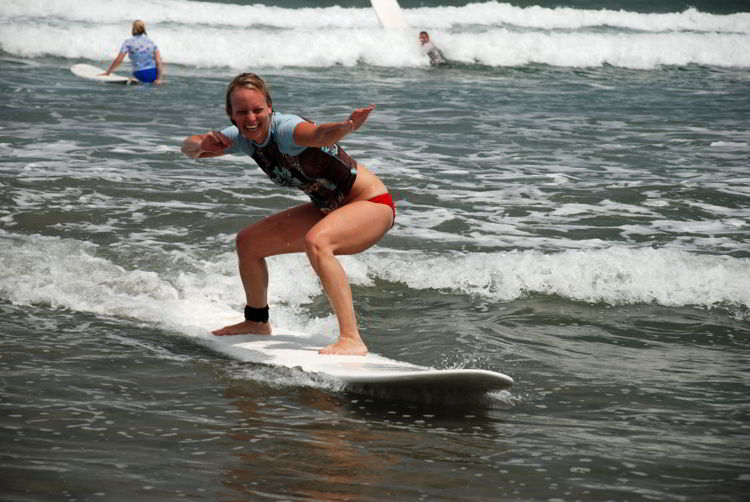
Ask the Locals Where to Surf
It’s always a good idea to ask the locals at rental shops and surf schools about a particular beach before you try to surf it. Costa Rica has an incredible amount of coastline. Some surfing spots are really only suitable for experts while some others have riptides that make them unsuitable for everyone. The gold ring of surfing in Costa Rica is the Salsa Brava, a gigantic wave that stretches nearly 5 metres in height off Puerto Viejo beach on the Caribbean side of Costa Rica.
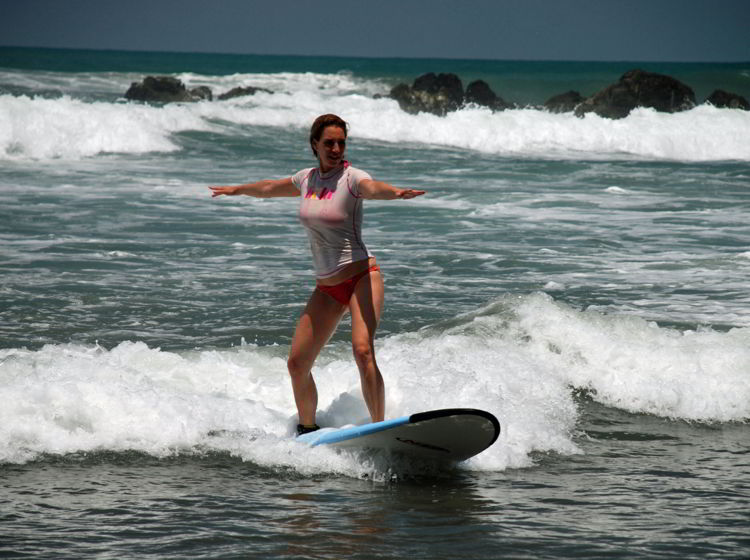
Some surfing beaches in Costa Rica have a tide dependent ride and are best enjoyed at high or low tide. Some may even be dangerous during low tide when rocks may be more exposed. Ollie’s Point on the North Pacific side of Costa Rica, is a popular spot for advanced surfers for example, but it is very tide dependent.
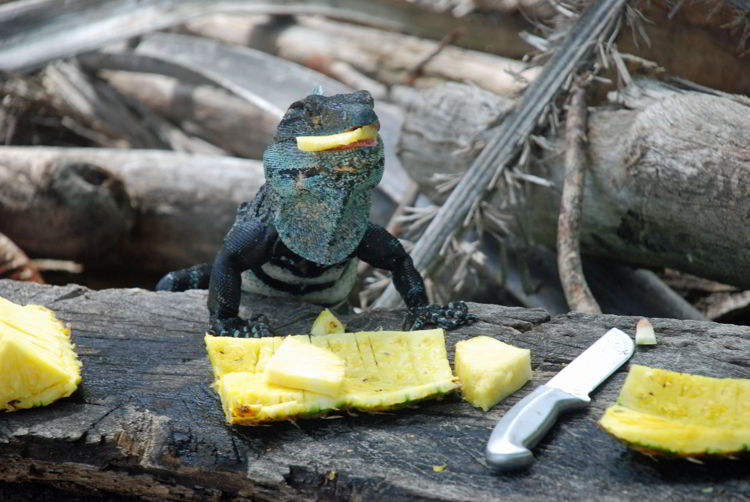
Surfing can be a dangerous sport and it’s always wise to minimize risks by getting advice from those in the know before heading out. Even beaches that are considered good spots for beginners can have their hazards. The point break on the north side of Playa Hermosa, for example, has a powerful channel and rocks that can be dangerous at low tide. Swimmers and novice surfers should avoid that side of the beach.
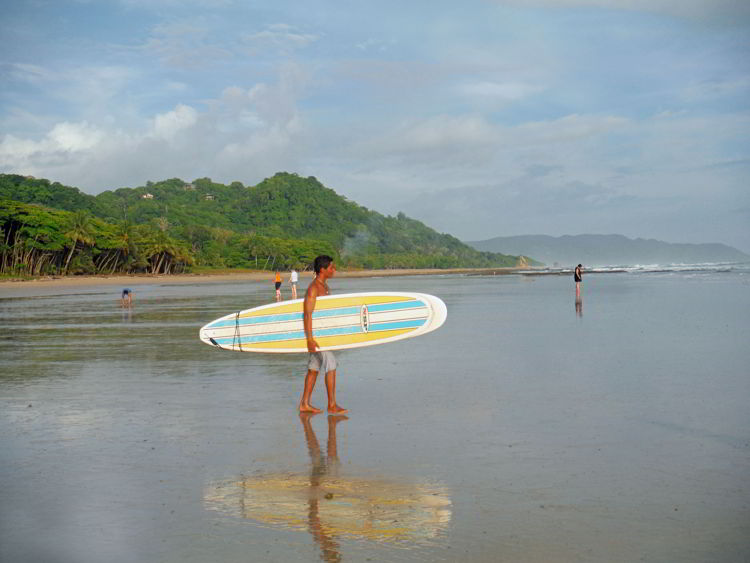
Costa Rica’s Top Surf Spots
November through April is high season in Costa Rica, when those in the Northern hemisphere come to escape the cold in a tropical climate. During peak season, off shore winds provide good swells off the Northern Pacific Coast and certain regions of the Caribbean Coast of Costa Rica that are very appealing to experienced surfers. From May through November, the Caribbean Coast is better for surfing in Costa Rica.
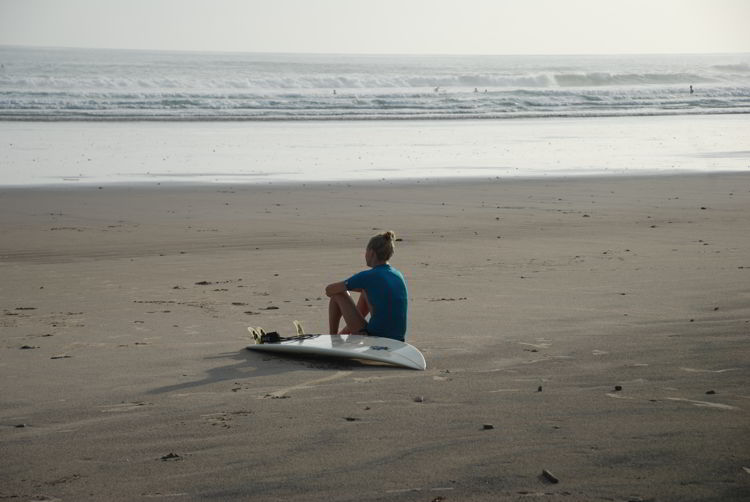
Beginner Surf Spots
Beginner surfers will find Tamarindo Beach on the Northwest Pacific Coast a good bet. The beach is in a very touristy area of the country close to hotels with equipment rental shops and surfing schools nearby. On the Central Pacific Coast, Playa Jaco and Playa Hermosa are good spots for rookie surfers to safely hone their skills.
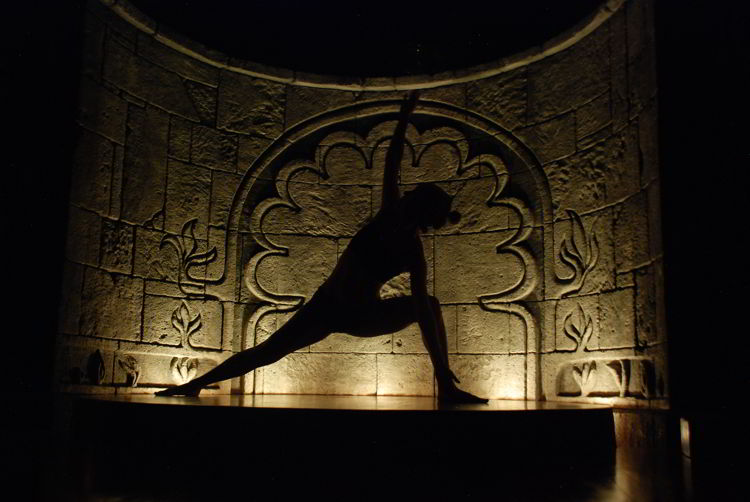
If You Go:
-We stayed at Anamaya Resort on the Nicoya Peninsula of Costa Rica. Anamaya offers weekly surfing retreats and clinics that can help you learn to surf. These courses are designed for beginner and novice surfers. To get to the Nicoya Peninsula, we flew into Liberia and caught a transfer to the resort. You might also choose to fly into San Jose, Costa Rica and then connect from San Jose to Tambor (the closest airport to Montezuma area).
Related: There are some amazing Costa Rican resorts that allow you to combine surf lessons and other activities with yoga. Read our article 7 Adventurous Yoga Retreats in Costa Rica.

No Comments